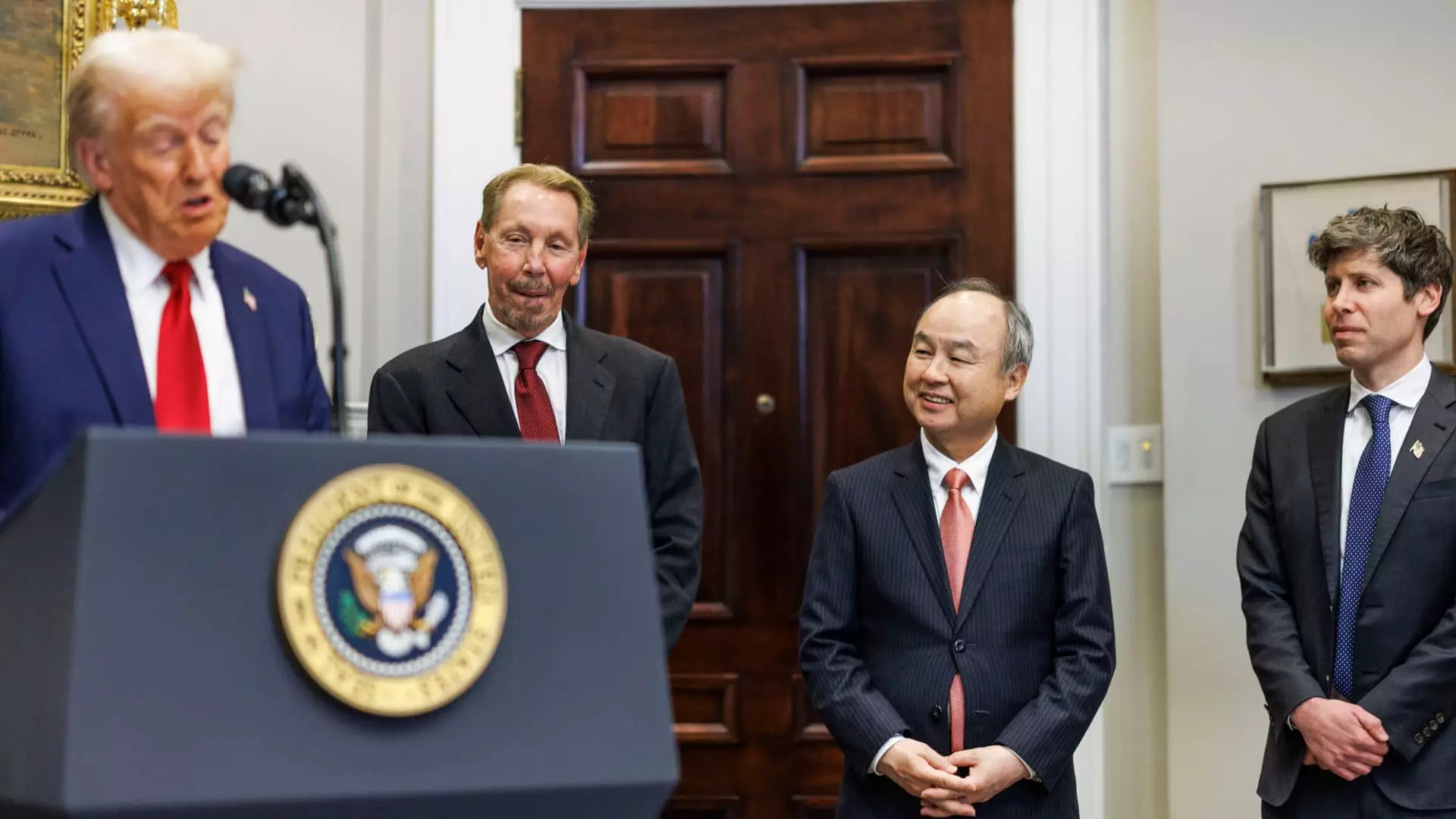The rapidly evolving interplay between Microsoft and OpenAI showcases the complexities of collaboration in the tech world, especially in the field of artificial intelligence (AI). Once viewed as a singular partnership where Microsoft stood as the exclusive cloud provider for OpenAI, recent developments indicate a significant shift in this relationship. This article delves into the implications of Microsoft losing its exclusive position and how this could reshape the landscape of AI infrastructure and development.
The Shift in Partnership Dynamics
Microsoft has long been a champion of OpenAI, making substantial investments to secure its role as the primary cloud service provider for the AI startup. However, the recent announcement in a blog post from Microsoft reflects a transformation in this dynamic; the tech giant will now have the “right of first refusal” rather than an exclusive contract. This suggests that while Microsoft remains a key player in OpenAI’s future, their partnership will now navigate a much more competitive landscape.
This change coincides with President Donald Trump’s unveiling of the Stargate Project, a new initiative aimed at pooling substantial financial resources from multiple tech giants—including Oracle, Softbank, and, of course, OpenAI—to bolster AI infrastructure in America. The ambitious plan outlines intentions to invest between $100 billion to $500 billion over four years, emphasizing a collective approach to a technology that has garnered both promise and skepticism.
The Stargate Project positions Oracle as a significant player in the AI infrastructure domain, indicating that the competitive landscape is diversifying. Oracle’s involvement, along with Arm, Microsoft, and Nvidia in constructing new data centers, reveals a strategic pivot toward collaborative investment in AI capabilities. Oracle’s Chairman, Larry Ellison, has confirmed that construction has begun on substantial data centers in Texas, with plans to expand further. This move not only enhances Oracle’s standing in the cloud market but also introduces a competitive element that Microsoft must now contend with.
Serious investments in AI infrastructure signal a recognition of the technology’s potential economic impact. The competition could spur innovation and improvements in the services offered by Microsoft and its rivals, ultimately benefiting developers and businesses that leverage AI technologies.
Microsoft’s shift from exclusive provider to a more collaborative role also illuminates underlying tensions in their relationship with OpenAI. In recent months, Microsoft has identified OpenAI as a competitor, suggesting that the aspirations of both companies may be starting to venture into overlapping territory. CEO Satya Nadella’s acknowledgment of OpenAI CEO Sam Altman’s ambitious vision indicates an awareness of these dynamics, hinting at potential conflicts in direction and strategy.
This recognition of competition, while perhaps uncomfortable, is indicative of the natural evolution within the technology sector. As AI continues to proliferate, the stakes increase, and companies must adapt to protect their interests while innovating at a rapid pace. The public nature of their partnership’s evolution raises questions about future collaborations and strategies, setting the stage for a more competitive environment.
Looking forward, the changing dynamics suggest a landscape characterized by both collaboration and competition. While Microsoft retains critical rights to OpenAI’s intellectual property products, such as the prominent Copilot, the broader cloud landscape is rapidly becoming multivalent. With OpenAI’s commitment to expanded consumption of Microsoft Azure, the revenue streams remain intertwined, but the competitiveness of the environment might lead to a redefinition of what it means to partner in the realm of artificial intelligence.
Additionally, as companies like Oracle step into the fray with new infrastructures, it is plausible that they will alter the nature of the marketplace. OpenAI’s ability to leverage various providers may open the door to competitive pricing and improved service offerings for developers. Ultimately, the evolution of this partnership, once seen as a monolith, reveals the complex layers of trust, competition, and collaboration inherent in today’s tech landscape.
Microsoft and OpenAI are at a pivotal juncture that could define the future trajectory of AI development. As both companies navigate a landscape marked by collaboration and competition, stakeholders must stay informed on how these dynamics will continue to unfold.


Leave a Reply